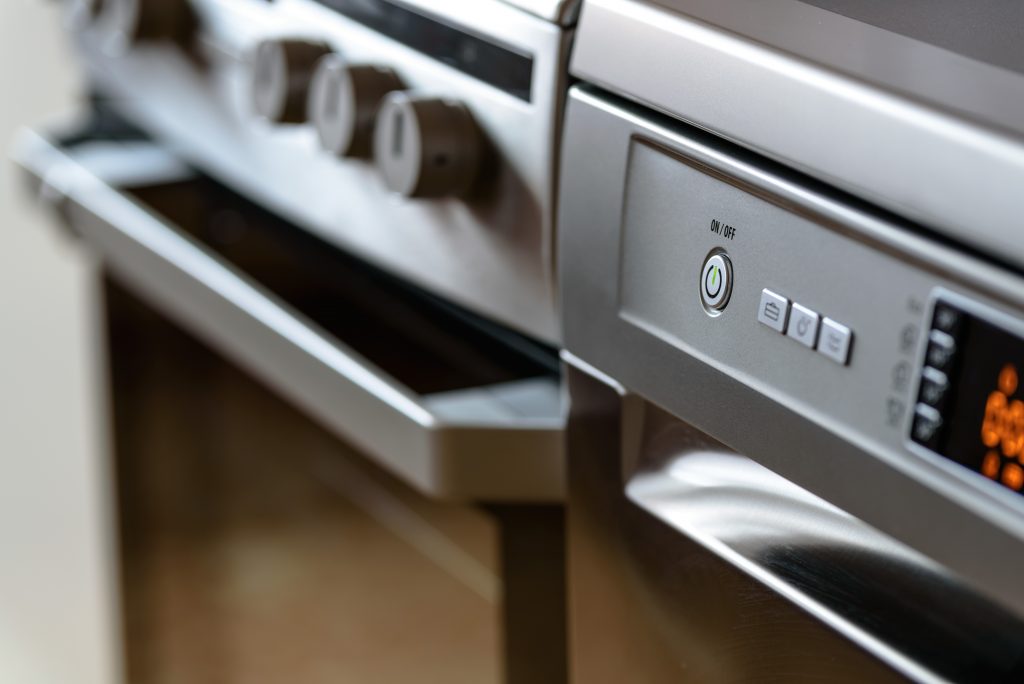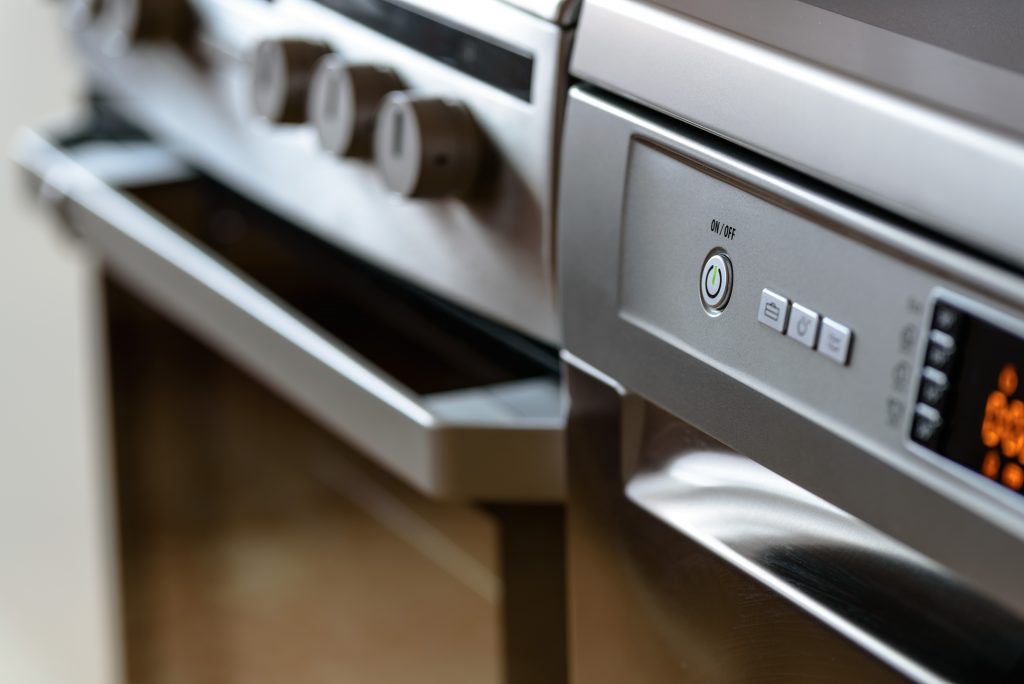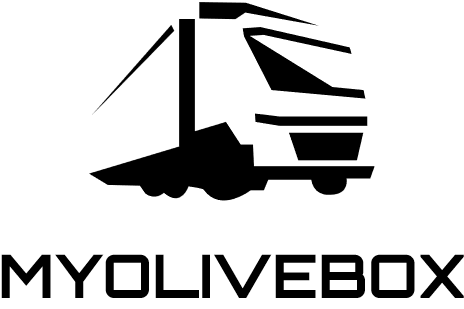If your dishwasher breaks down – it doesn’t turn on or does the washing up of dishes poorly, then do not rush to call a repairman. Most breakdowns can be fixed on your own. However, first, you need to understand how the device works and which of its main elements could fail.
Of course, before repairing we will need instructions.
The instruction usually describes the way the machine operates:
- The machine draws water from the central network through a salt softener.
- The flow of water enters under pressure through a filter and is regulated by a special float valve.
- When the machine has enough water, the supply is shut off and the heating starts.
- After heating, water is pumped by a pump into the working chamber and sprayed through the upper and lower elements. Wastewater is purified in a 2-stage filtration system, after which it is again used for washing.
- During the washing process, a special powder is necessarily added.
- Water is used “in a circle” several times and only at the very end the machine drains it. Drainage is also provided by a special pump.
- When the washing process is completed, drying is carried out – it can be condensation or turbo drying. In the latter case, the process is faster, since a fan is used.
In short, the whole process looks like this: water intake, preliminary and main washing, draining, drying.
Advice! If the instruction manual is lost, download it from the manufacturer’s website or any major equipment store.
Problem 1. The dishes are poorly washed, there are stains, dirt, plaque, white film or stickiness

If the dishes have an unsatisfactory appearance after washing, this does not mean that the dishwasher needs repair. First make sure that:
- the machine is not overloaded;
- utensils, including cutlery, are loaded correctly – do not interfere with the rotation of the nozzles and do not block the dispenser;
- clean water comes in;
- the cleaning agent has not deteriorated.
If you are sure that this is not the problem, then that’s what we can further do on our own:
- If stains and white streaks remain on the dishes, it makes sense to abandon all-in-one tablets, since they cannot guarantee the perfect quality, especially if the tap water is too hard.
- Defects of the appearance of dishes after washing can signal that there is not enough rinse aid or salt for the proper process passing.
- If there is too much rinse aid, the dishes will be cloudy. An increased amount of rinse aid provokes the production of too much foam, which can be suppressed with powder. Or maybe you need to configure the dispenser. Start washing the dishes again, but with less rinse aid and for less time.
- Rotating rocker nozzles may become clogged – they can be cleaned under running water.
- Perhaps you have chosen the wrong mode, choose another one – more intensive.
- Dark spots on dishes may form due to the proximity to aluminum dishes during washing. Stains are easily washed manually with abrasive materials.
- Brown or yellowish deposits occur due to the deposition of glands that are contained in tap water. In this case, you need to put in the appropriate filter. This must be done by the plumber.
Problem 2. Water has flooded the bottom of the machine or is leaking

If water has flooded the bottom, then repair is not required in this case – in most cases, the cause of this is clogged filters.
Filters are located in the bottom area, where the drainage takes place. It is advisable to clean them before each start of the machine.
The accumulation of a small amount of clean water around the outlet of the compartment in the rear is normal. Thus, the seals remain wet.
If water or foam leaks, it is most likely caused by a clogged dispenser or spilled rinse aid, which is why the foam has formed.
Just wipe the puddle and do not overfill the dispenser next time. In other cases, the problem may be in the wear/damage of gaskets or pipes.
Problem 3. The machine does not work, it is noisy, the drain pump does not turn off or steam is coming out

If the machine does not start, and you are sure that the outlet to which the machine is connected is working and you turned it on correctly, then there may be a problem with low water pressure. Check the connections of all hoses.
Attention! If the programmer is faulty and it probably broke down, then neither instruction nor DIY repair will help – only a specialized workshop.
Also, check to see if the door closes tightly; the latch mechanism may have broken. In this case, it is also better not to repair it yourself, but to contact a service center.
- If the drain pump does not turn off, it means that you rebooted the machine, as a result of which it automatically turned off the circulation pump and turned on the drain pump;
- Do not be alarmed by steam coming out of the dishwasher – this is normal during drying or draining of water;
- Noise from the machine may occur during the process of getting rid of food remains and dispensers work – this is normal. If you have not used the machine for a long time, then the motor may make noise. In the future, try pouring water out of the machine from time to time or washing dishes in it once a week so that the gaskets remain moist. In addition, the cause of the noise may be a small object that has fallen into the basket, or poorly fixed cutlery.
Attention! Knocking can also be a signal for repair when worn out and damaged parts have to be replaced:
- Damaged bearings of the rotating rocker arms;
- Bearings of the main or drain pumps – the knock will occur periodically or only at the end of each cycle when the draining is carried out.
If you are convinced that the machine still needs serious repairs in the service center, then the first thing you should do when the dishwasher breaks down is to dismantle it. You can do it yourself. To do this, the power is turned off, the water supply hose and drainage channel are disconnected. You will also need instructions with a diagram to remove the front panel – this is the only way to access the elements of the control system. The bottom cover will also have to be removed – this will provide access to the pump, hoses, valves, and engine.
Take care of your dishwasher, use it following the instructions and try to fix any problems at the time they occur so that your unit serves you for as long as possible.
